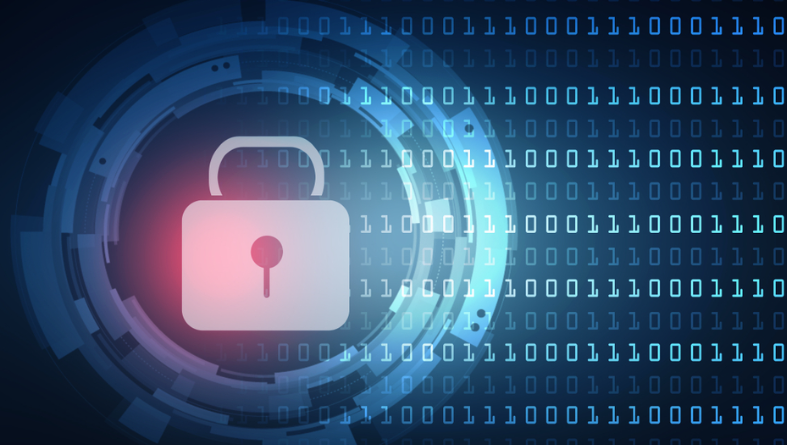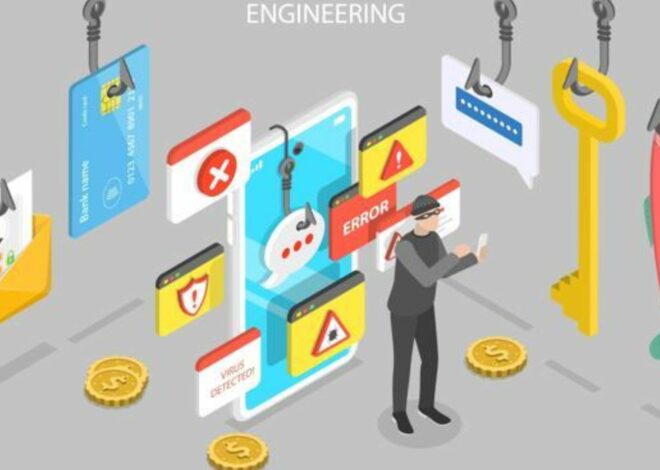
The Rising Tide of Hospital Ransomware Attacks
Hospital ransomware attacks, in particular, have emerged as a formidable threat to hospitals, disrupting patient care, compromising sensitive data, and jeopardizing the very foundations of healthcare delivery. The alarming surge of these attacks, the devastating impact on patient care, the financial burden and data breaches, the evolving landscape of ransomware threats, and the need for strengthening defences have all contributed to the urgency of addressing this issue.

The Alarming Surge of Hospital Ransomware Attacks
The healthcare industry is becoming an increasingly attractive target for cybercriminals, with hospital ransomware attacks on the rise. These attacks involve encrypting critical hospital systems, demanding hefty ransom payments for decryption, and leaving hospitals scrambling to restore operations and protect patient data. The frequency and severity of these attacks are alarming, with a 2022 report indicating that healthcare organizations experienced a 75% increase in ransomware attacks compared to 2021.
The Devastating Impact on Patient Care
Ransomware attacks on hospitals can have catastrophic consequences for patient care. Disrupted electronic health records (EHRs) can hinder diagnoses and treatment plans, delaying critical interventions and jeopardizing patient outcomes. Disabled medical equipment can impede diagnostic procedures and surgeries, while compromised communication systems can hinder coordination among healthcare providers, potentially leading to errors and adverse events.
Financial Burden and Data Breaches
Beyond the immediate impact on patient care, hospital ransomware attacks also inflict significant financial strain. Ransom demands can reach millions of dollars, draining hospital resources and compromising their ability to provide essential services. Moreover, data breaches associated with ransomware attacks expose sensitive patient information to unauthorized access, raising serious privacy concerns and potential legal repercussions for healthcare organizations.
The Evolving Landscape of Ransomware Threats
Cybercriminals are becoming increasingly sophisticated in their ransomware tactics, employing advanced techniques to evade detection and infiltrate hospital systems. They are exploiting vulnerabilities in outdated software, leveraging zero-day exploits, and employing social engineering tactics to gain access to hospital networks. Additionally, ransomware variants specifically targeting healthcare organizations are emerging, posing a unique challenge to the industry as these variants are often designed to disrupt critical medical systems.
Protecting Hospitals from Ransomware
Hospitals must adopt a proactive approach to cybersecurity, implementing comprehensive measures to protect their systems from ransomware attacks. This includes:
Regular software updates
Hospitals must ensure that all software is regularly updated with the latest security patches.
Robust data backups
Hospitals must maintain regular and secure backups of their data. Ensuring they can restore operations in the event of a ransomware attack.
Employee training
Hospitals must educate employees about the risks of ransomware. They must provide training on phishing scams, password security, and safe online behaviour.
Vulnerability assessments
Hospitals must conduct regular vulnerability assessments to identify and address security weaknesses in their networks and systems.
The Role of Government and Law Enforcement
Governments and law enforcement agencies play a crucial role in combating hospital ransomware attacks. By sharing intelligence, coordinating investigations, and pursuing cybercriminals, they can help disrupt ransomware operations and protect healthcare organizations. Additionally, governments can implement stricter regulations and provide financial support to help hospitals enhance their cybersecurity measures.
The Future of Hospital Cybersecurity
Hospitals must embrace a culture of resilience, recognizing that ransomware attacks are not a matter of if, but when. By prioritizing cybersecurity, investing in preventive measures, and developing incident response plans, hospitals can minimize the impact of attacks and maintain their ability to deliver critical healthcare services. This includes:
Establishing incident response teams
Hospitals should establish dedicated incident response teams with expertise in cybersecurity, IT, and healthcare operations to effectively manage ransomware attacks.
Implementing cybersecurity insurance
Hospitals should consider investing in cybersecurity insurance to mitigate the financial impact of ransomware attacks.
Continuous monitoring and threat intelligence
Hospitals should employ continuous monitoring tools and subscribe to threat intelligence feeds to stay informed about emerging ransomware threats.
Conclusion
Ransomware attacks pose a significant threat to the healthcare industry, but they do not have to define the future of healthcare. By embracing a proactive approach to cybersecurity, fostering collaboration, and investing in innovative solutions, we can safeguard healthcare systems, protect patient data, and ensure that hospitals remain beacons of hope and healing for generations to come.


